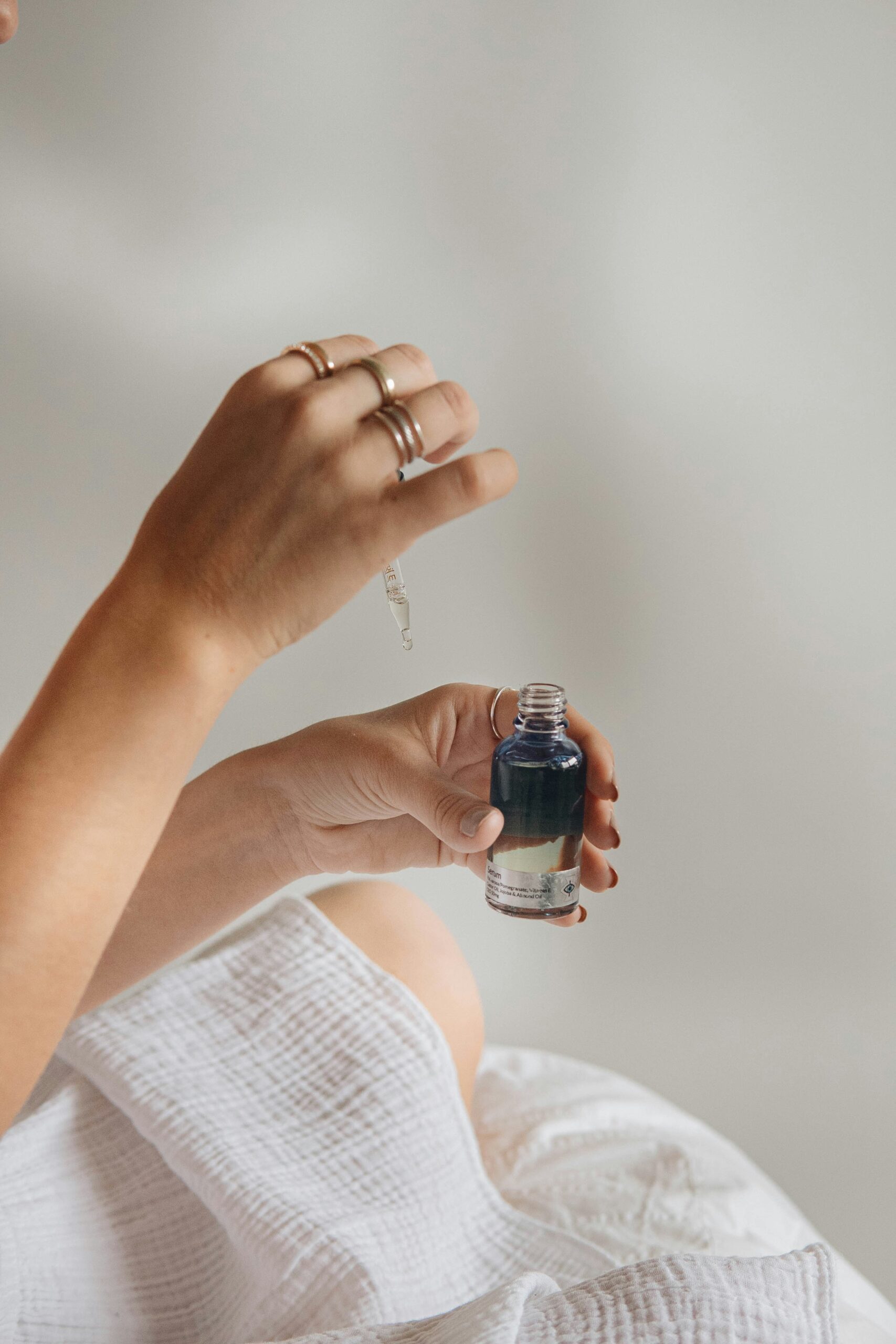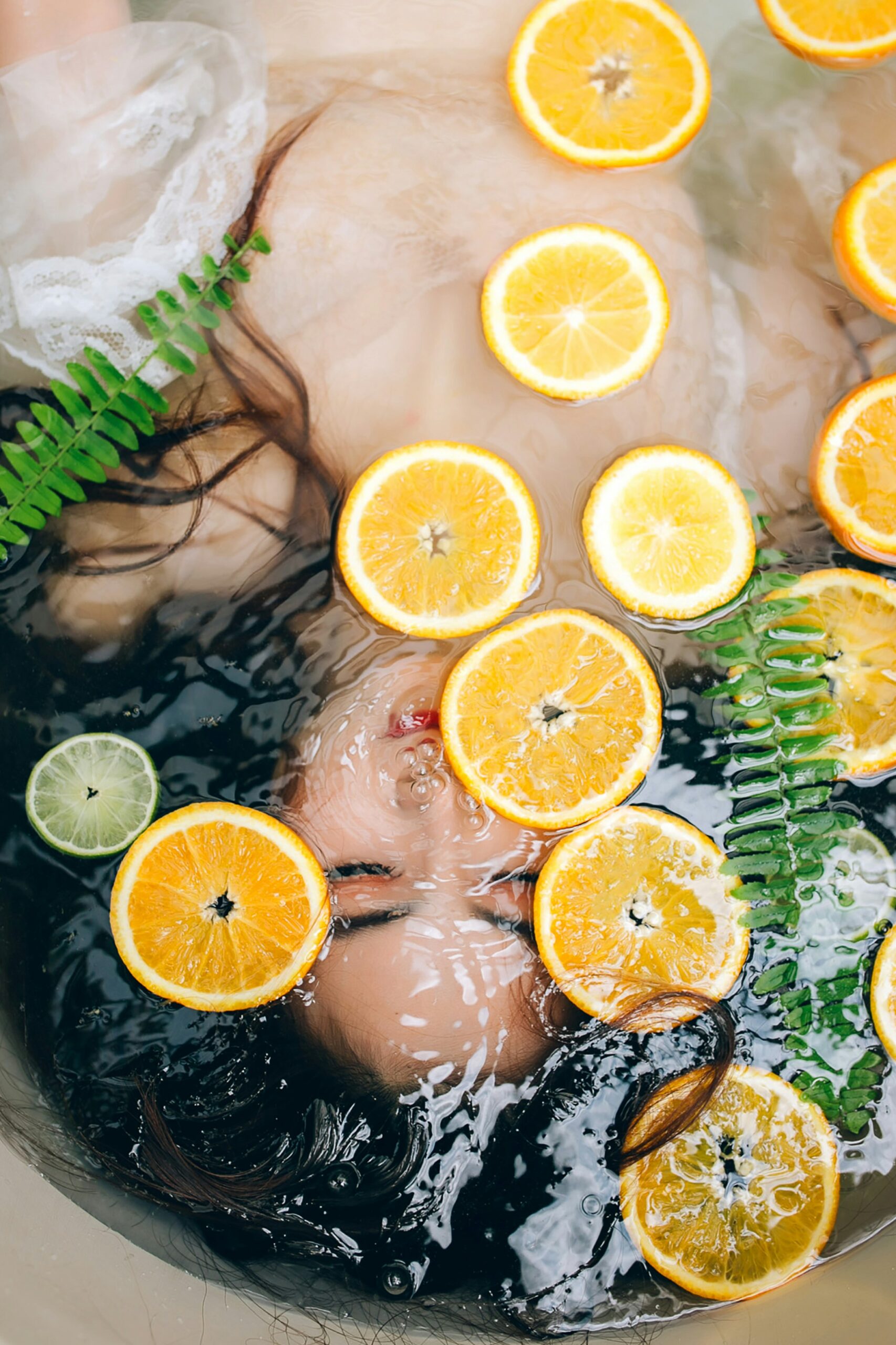The Best Skincare Products for Acne: A Comprehensive Guide
Introduction
Dealing with acne can be frustrating and overwhelming. Finding the right skincare products to help manage and treat acne can make a significant difference in your skin’s appearance and overall confidence. In this article, we will discuss some of the best skincare products for acne that have proven to be effective in combating breakouts and promoting clear, healthy skin.
When it comes to acne, it’s important to have a comprehensive skincare routine that includes cleansing, exfoliating, treating, and moisturizing. The first step in any skincare routine is cleansing. Look for a gentle cleanser that is specifically formulated for acne-prone skin. These cleansers typically contain ingredients like salicylic acid or benzoyl peroxide, which help to unclog pores and reduce inflammation. It’s important to cleanse your face twice a day, in the morning and before bed, to remove dirt, oil, and bacteria that can contribute to breakouts.
Exfoliation is another crucial step in managing acne. Regular exfoliation helps to remove dead skin cells and unclog pores, preventing the formation of blackheads and whiteheads. Look for exfoliating products that contain ingredients like glycolic acid or lactic acid, which gently dissolve the bonds between dead skin cells. However, it’s important to note that over-exfoliating can irritate the skin and worsen acne, so it’s best to exfoliate no more than twice a week.
After cleansing and exfoliating, it’s time to treat the acne. There are various treatment options available, including spot treatments, serums, and creams. Spot treatments are designed to be applied directly to individual pimples or blemishes and contain ingredients like benzoyl peroxide or sulfur, which help to reduce inflammation and kill bacteria. Serums and creams, on the other hand, are formulated to be applied to the entire face and can help to prevent new breakouts from forming.
Moisturizing is an essential step in any skincare routine, including those for acne-prone skin. Contrary to popular belief, moisturizing does not make acne worse. In fact, keeping the skin hydrated can help to balance oil production and reduce the risk of dryness and irritation. Look for lightweight, oil-free moisturizers that are non-comedogenic, meaning they won’t clog pores. Ingredients like hyaluronic acid and ceramides are beneficial for acne-prone skin as they provide hydration without adding excess oil.
In addition to these essential steps, there are other skincare products that can be beneficial for acne-prone skin. For example, face masks containing ingredients like clay or charcoal can help to draw out impurities and absorb excess oil. Toners can also be beneficial as they help to balance the skin’s pH levels and remove any remaining traces of dirt or makeup. It’s important to note, however, that not all skincare products work the same for everyone, so it may take some trial and error to find the best products for your specific skin type and concerns.
In conclusion, when it comes to managing acne, having the right skincare products can make all the difference. From cleansers and exfoliators to treatments and moisturizers, there are a variety of products available that have proven to be effective in combating breakouts and promoting clear, healthy skin. Remember to be consistent with your skincare routine and give products enough time to work before expecting immediate results. With patience and the right products, you can achieve the clear, confident skin you’ve always wanted.
4. Glycolic Acid Cleanser
강남 유흥 사이트 Glycolic acid is an alpha hydroxy acid (AHA) that is commonly used in skincare products for its exfoliating properties. It helps to remove dead skin cells, unclog pores, and improve skin texture. A cleanser with a concentration of 5% to 10% glycolic acid can be effective in treating acne and promoting overall skin health.
5. Charcoal Cleanser
Charcoal has become a popular ingredient in skincare products due to its ability to draw out impurities and toxins from the skin. A charcoal cleanser can help to remove excess oil, dirt, and bacteria from the pores, making it a great option for acne-prone skin. Look for a cleanser that contains activated charcoal for best results.
6. Sulfur Cleanser
Sulfur is a natural mineral that has been used for centuries to treat various skin conditions, including acne. It has antimicrobial and anti-inflammatory properties that can help to reduce acne-causing bacteria and calm irritated skin. A cleanser with a concentration of 2% to 5% sulfur can be beneficial for those with acne-prone skin.
When choosing a cleanser for acne, it’s important to consider your skin type and specific concerns. If you have sensitive skin, you may want to opt for a gentle cleanser that is free of harsh ingredients. It’s also important to follow up with a moisturizer to keep the skin hydrated and balanced. Remember, consistency is key when it comes to skincare, so be sure to cleanse your skin morning and night for best results.
4. Salicylic Acid Toner
Salicylic acid is a beta hydroxy acid (BHA) that is highly effective in treating acne. It works by exfoliating the skin and unclogging pores, preventing the formation of whiteheads and blackheads. Look for a toner with a concentration of 0.5% to 2% salicylic acid.
5. Tea Tree Oil Toner
Tea tree oil is a natural antiseptic and anti-inflammatory ingredient that can help to combat acne. It has the ability to penetrate the skin and kill acne-causing bacteria, reducing redness and inflammation. Look for a toner that contains pure tea tree oil or a concentration of 2% to 5% tea tree oil.
6. Aloe Vera Toner
Aloe vera is known for its soothing and healing properties, making it an excellent choice for acne-prone skin. It helps to reduce inflammation, calm redness, and promote the healing of acne scars. Look for a toner that contains pure aloe vera gel or a high concentration of aloe vera extract.
7. Rosewater Toner
Rosewater is a gentle and hydrating toner that can help to balance the skin’s pH levels and reduce redness. It also has anti-inflammatory properties that can help to calm irritated skin. Look for a toner that contains pure rosewater or a high concentration of rosewater extract.
8. Glycolic Acid Toner
Glycolic acid is an alpha hydroxy acid (AHA) that is effective in treating acne and improving the overall texture of the skin. It works by exfoliating the outer layer of the skin, unclogging pores, and reducing the appearance of acne scars. Look for a toner with a concentration of 5% to 10% glycolic acid.
9. Calendula Toner
Calendula is a natural ingredient that has anti-inflammatory and antibacterial properties, making it beneficial for acne-prone skin. It helps to soothe irritated skin, reduce redness, and promote the healing of acne. Look for a toner that contains pure calendula extract or a high concentration of calendula oil.
10. Chamomile Toner
Chamomile is known for its calming and anti-inflammatory properties, making it a great option for sensitive and acne-prone skin. It helps to reduce redness, soothe irritated skin, and promote healing. Look for a toner that contains pure chamomile extract or a high concentration of chamomile oil.
When using a toner for acne-prone skin, it is important to choose one that is alcohol-free and does not contain any harsh or irritating ingredients. It is also recommended to patch test the toner before applying it to the entire face to ensure that it does not cause any adverse reactions. Incorporating a toner into your skincare routine can help to keep your skin clear, balanced, and healthy.
4. Salicylic Acid Serum
Salicylic acid is a beta-hydroxy acid (BHA) that is commonly used in acne treatment products. It works by exfoliating the skin and unclogging pores, which helps to prevent breakouts. Salicylic acid also has anti-inflammatory properties that can reduce redness and swelling associated with acne. Look for a serum with a concentration of 2% to 5% salicylic acid.
5. Niacinamide Serum
Niacinamide, also known as vitamin B3, is a versatile ingredient that offers multiple benefits for acne-prone skin. It helps to regulate sebum production, which can reduce the occurrence of breakouts. Niacinamide also has anti-inflammatory properties that can calm irritated skin and reduce redness. Look for a serum with a concentration of 4% to 5% niacinamide.
6. Tea Tree Oil Serum
Tea tree oil is a natural ingredient that has antimicrobial and anti-inflammatory properties. It can help to kill acne-causing bacteria and reduce inflammation associated with breakouts. However, tea tree oil can be irritating to some individuals, so it’s important to do a patch test before using a serum that contains this ingredient. Look for a serum with a concentration of 2% to 5% tea tree oil.
When incorporating a treatment serum into your skincare routine, it’s important to start with a low concentration and gradually increase as tolerated. Some serums may cause initial purging, which is a temporary worsening of acne as the skin adjusts to the active ingredients. It’s also important to follow up with a moisturizer to prevent dryness and irritation.
In addition to using treatment serums, it’s important to maintain a consistent skincare routine that includes cleansing, exfoliating, and moisturizing. Avoid using harsh or abrasive products that can further irritate the skin. If your acne persists or worsens, it’s best to consult with a dermatologist for personalized treatment options.
Moisturizers
Moisturizing is an important step in any skincare routine, even for those with acne-prone skin. Look for moisturizers that are oil-free, non-comedogenic, and lightweight to avoid clogging the pores. Here are some of the best moisturizers for acne:
1. Hyaluronic Acid Moisturizer
Hyaluronic acid is a hydrating ingredient that can help to replenish the skin’s moisture barrier without clogging the pores. It is lightweight and suitable for all skin types, including acne-prone skin. Look for a moisturizer with hyaluronic acid as one of the main ingredients.
2. Oil-Free Gel Moisturizer
Gel moisturizers are lightweight and absorb quickly into the skin, making them ideal for acne-prone skin. Look for a gel moisturizer that is oil-free and non-comedogenic to prevent clogged pores. It should provide hydration without leaving a greasy residue.
3. Ceramide Moisturizer
Ceramides are natural lipids that help to strengthen the skin’s moisture barrier and prevent moisture loss. Look for a moisturizer that contains ceramides to help soothe and hydrate acne-prone skin. It should be free of any potential irritants or fragrances.
Aside from these specific moisturizers, there are other factors to consider when choosing a moisturizer for acne-prone skin. It’s important to select a product that is specifically formulated to address acne concerns, such as reducing inflammation and preventing breakouts. Look for ingredients like salicylic acid, which can help to exfoliate the skin and unclog pores, or niacinamide, which has anti-inflammatory properties.
In addition to the moisturizer itself, it’s also crucial to consider the overall skincare routine. Cleansing the skin thoroughly and using non-irritating products can help to minimize breakouts and keep the skin balanced. It’s important to avoid harsh ingredients or excessive scrubbing, as this can strip the skin of its natural oils and disrupt the moisture barrier.
When applying moisturizer, it’s best to use a gentle, upward motion to avoid tugging or stretching the skin. Patting the product into the skin can also help to ensure even distribution and absorption. It’s important to allow the moisturizer to fully absorb before applying any other products, such as sunscreen or makeup.
Remember, everyone’s skin is unique, and what works for one person may not work for another. It may take some trial and error to find the perfect moisturizer for your acne-prone skin. Consulting with a dermatologist can also provide valuable insights and recommendations tailored to your specific needs.
4. Tea Tree Oil Spot Treatment
Tea tree oil is a natural ingredient that has been used for centuries to treat various skin conditions, including acne. It has antimicrobial properties that can help to kill the bacteria that cause acne and reduce inflammation. Apply a small amount of tea tree oil directly to the affected area using a cotton swab. Leave it on overnight and rinse off in the morning.
5. Retinol Spot Treatment
Retinol is a derivative of vitamin A and is known for its ability to speed up cell turnover and promote the growth of new, healthy skin cells. It can help to unclog pores and reduce the appearance of acne blemishes. Apply a small amount of retinol spot treatment directly to the affected area and leave it on overnight. Be sure to follow up with a moisturizer, as retinol can be drying to the skin.
6. Witch Hazel Spot Treatment
Witch hazel is a natural astringent that can help to reduce inflammation and redness associated with acne blemishes. It also helps to remove excess oil and tighten the pores. Apply a small amount of witch hazel directly to the affected area using a cotton ball or pad. Leave it on for a few minutes and then rinse off with water.
7. Hydrocolloid Bandages
Hydrocolloid bandages are a unique type of spot treatment that work by absorbing excess oil and pus from acne blemishes. They create a barrier that protects the blemish from further irritation and promotes faster healing. Apply a hydrocolloid bandage directly to the affected area and leave it on for several hours or overnight. Remove the bandage and gently cleanse the area before applying any other skincare products.
8. Natural Spot Treatments
In addition to the above-mentioned spot treatments, there are also many natural remedies that can help to reduce the appearance of acne blemishes. These include aloe vera gel, apple cider vinegar, and honey. Apply a small amount of the chosen natural remedy directly to the affected area and leave it on for a specified period of time before rinsing off. It’s important to note that natural remedies may not work for everyone, so it’s best to do a patch test before applying them to the entire affected area.
When using spot treatments, it’s important to remember that consistency is key. Apply the treatment as directed and be patient, as it may take some time to see results. It’s also important to maintain a regular skincare routine and practice good hygiene to prevent future breakouts. If your acne persists or worsens, it’s recommended to consult a dermatologist for further evaluation and treatment options.









